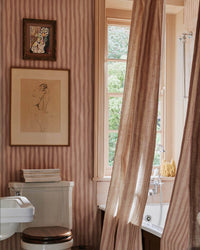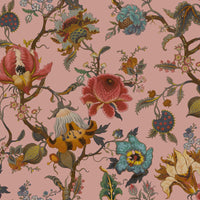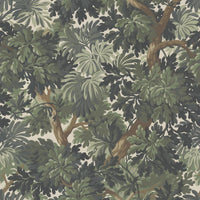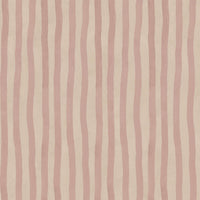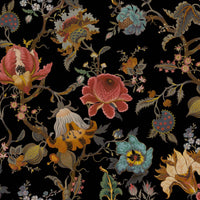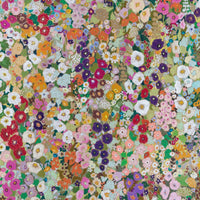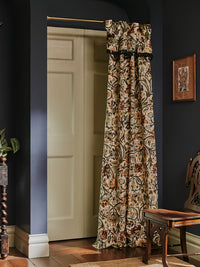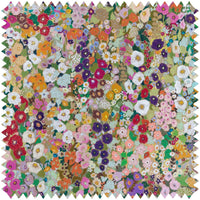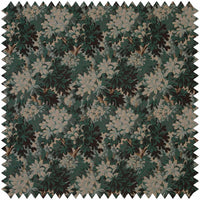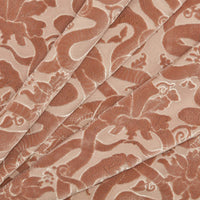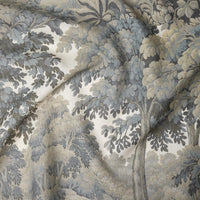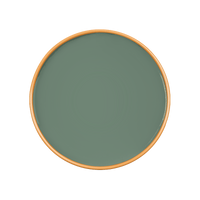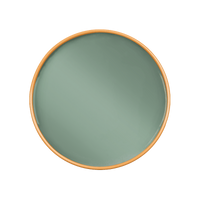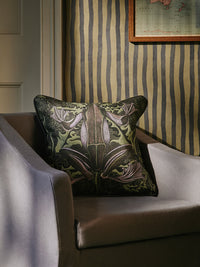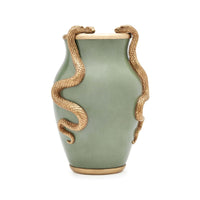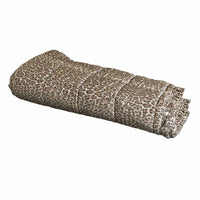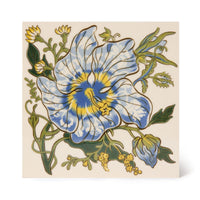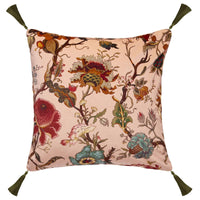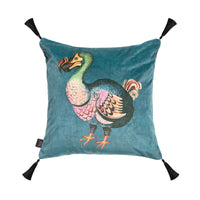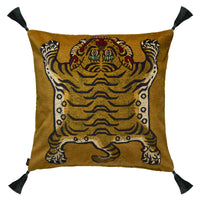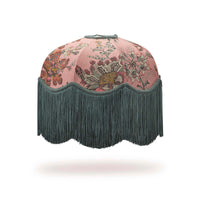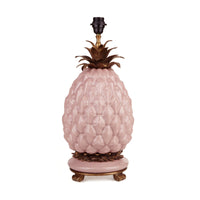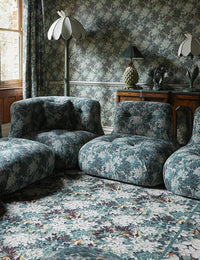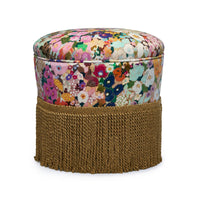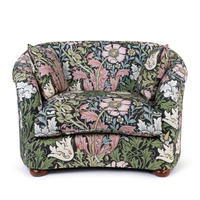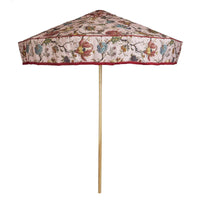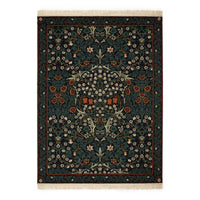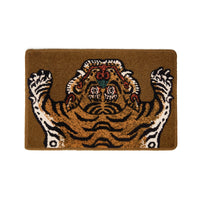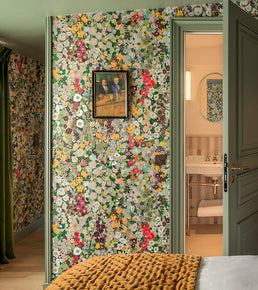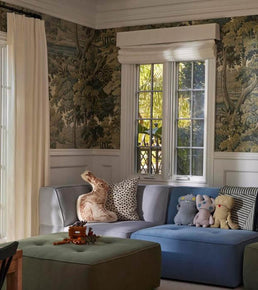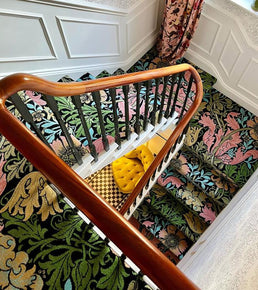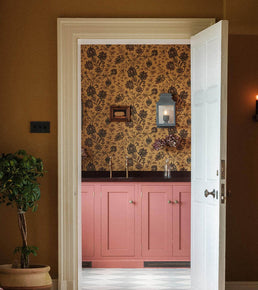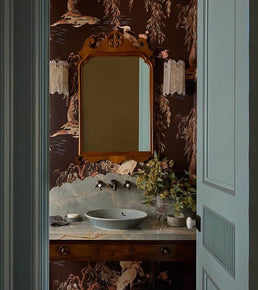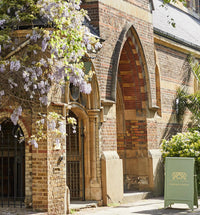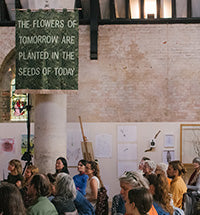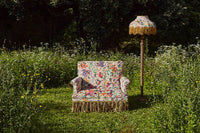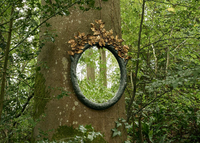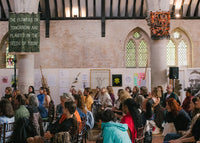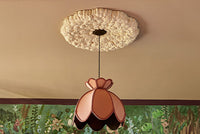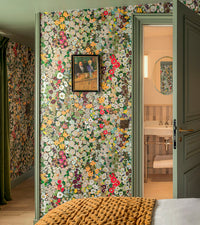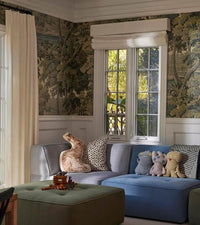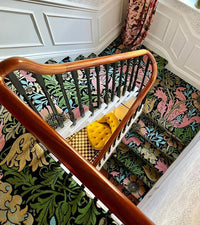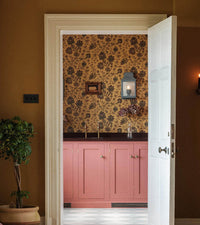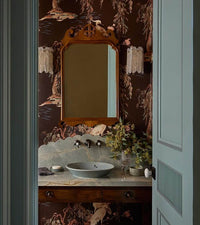Everything you need to know about paint
Everything you need to know about paint
Whether you are Picasso with a paintbrush or are trying your hand at DIY for the first time, you will likely still have questions about the painting process. Fortunately for you, we have the answers. Here’s everything you always wanted to know about getting creative with colour (but were afraid to ask)...
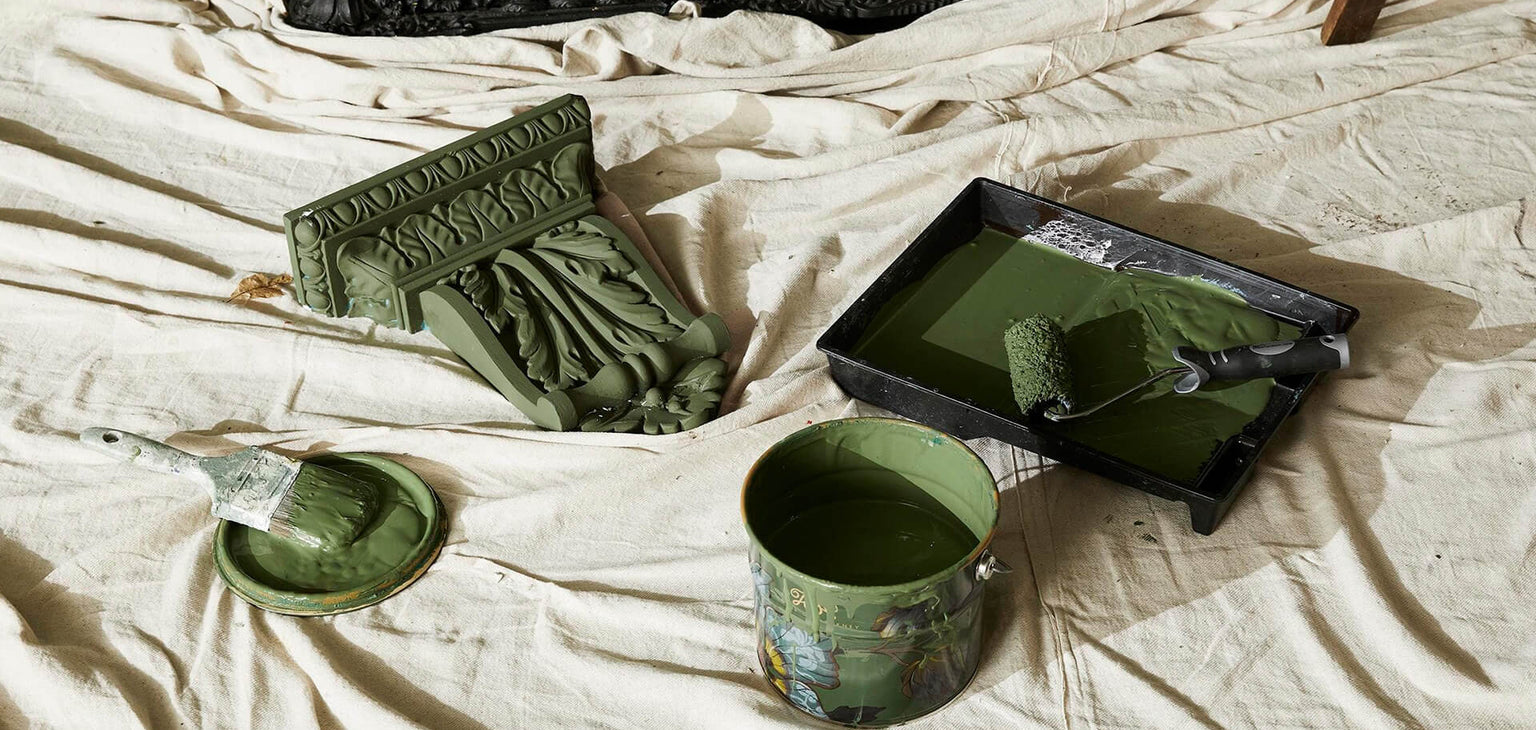
How do I choose or match a colour?
When selecting a colour we strongly recommend ordering a swatch or sample pot. Paint behaves differently in different lights so it’s important to ensure you have selected the right shade for your scheme. We also offer a Paint Colour Card which features every one of our 60+ paints, each colour swatched from the tones of Nature. However, if you need help crafting the perfect colour palette for your scheme, book a free Paint and Colour Consultation now and call on our consultants to help you with everything from colour matching, to conjuring your desired mood with the ideal hue for you.
How much paint should I order?
Each of our tins carries 2.5 litres of paint. Our online paint calculator (found on each product page) makes it easy to work out how many tins to order.
What is the difference between Emulsion and Eggshell?
Emulsion and Eggshell are the two finishes we offer for each shade. Choose Emulsion to coat your walls with wonder, or opt for the more hard-wearing Eggshell, for all of your woodwork, trim, radiator and furniture paint needs.
Top tip: Eggshell can be applied to walls if you are hoping to achieve a durable low sheen finish, this may be suitable for more functional areas such as the bathroom.
Can I use HOH paint on interiors and exteriors?
Designed to bring the outdoors in, our paint is to be used on interiors only.
What is the average coverage of a single paint tin?
Each of our tins carries 2.5 or 5 litres of paint; 1 litre of paint will cover 14 square metres, therefore one tin will cover approximately 35 square metres.
How many coats of paint should I use?
Our paint will transform your space with just two coats of colour.
If you plan to use one of our darker shades on a white base we recommend three coats of colour.
Are the shades as they appear on your website?
Depending on your device and the resolution of your screen, our paint colours may appear slightly different to how they will look on your chosen surface. We strongly advise ordering a swatch or sample pot before purchasing our paint, to ensure you are selecting the right shade for your scheme.
How do I dispose of excess paint?
Do not dispose of paint by emptying it down a drain. Product should be disposed of in accordance with local, state or national legislation. Our paint packaging is fully recyclable.
Can our paints be sprayed?
Yes when working with the correct dilution and spraying equipment, our paint can be sprayed.
Does HOH paint have an odour?
Our paints are low odour, but we advise keeping your space well-ventilated during both the painting and drying process.
Can I return my paint?
Our paint is made to order, therefore it can not be returned. We recommend ordering a paint swatch and then using our online paint calculator (found on each product page) to ensure you are happy with what our House delivers to yours.
Still need a little help with your paint problem?
Our in-house experts are on the other end of the line, happy to help! Contact us for free advice.
